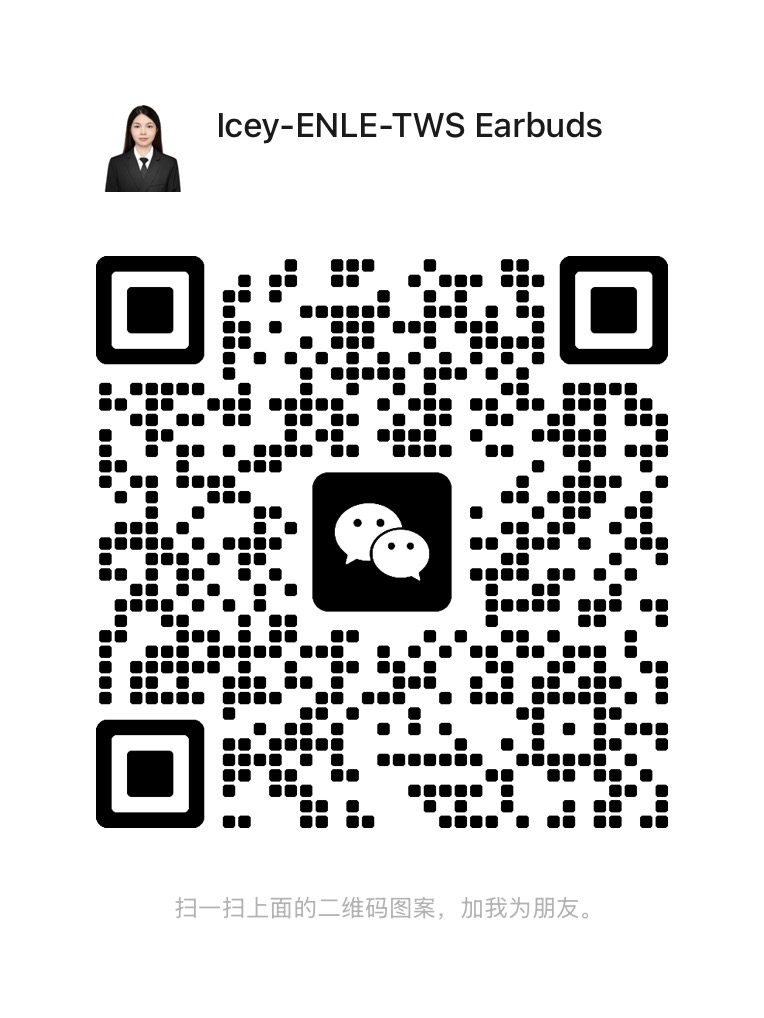Architecture of Bluetooth Low Energy headphones and headsets for gaming
Architecture of Bluetooth Low Energy headphones and headsets for gaming
The architecture of Bluetooth Low Energy is very simple in nature. It is divided into three basic parts: controller, host and application. A controller is usually a physical device that sends and receives radio signals and understands how to translate those signals into data packets that carry information. A host is usually a software stack that manages how two or more devices communicate and use the radio to provide several different services simultaneously. The application uses the software stack and, in turn, the controller to implement the user instance. www.bjbjaudio.com
Within the controller there are both physical and link layers, as well as direct test mode and the lower half of the host controller interface (HCI) layer. Contains three protocols in the host: Logical Link Control and Adaptation Protocol (L2CAP) Attribute Protocol (Attribute Protocol) and Security Manager Protocol (SecurityManagerProtocol), in addition to Generic Attribute Specification (GATT) Generic Access Specification (GAP) and mode. www.bjbjaudio.com
controller
The controller is seen by many as one of the characteristics that distinguishes a Bluetooth chip or radio. However. Calling the controller a radio is an oversimplification. The Bluetooth controller consists of both digital and analog radio frequency devices and hardware responsible for sending and receiving data packets. The controller is connected to the outside world through an antenna, and is connected to the host through a host control interface (HCI). www.bjbjaudio.com
physical layer
The physical layer is the part that does the hard work of transmitting and receiving with 24GHz radios. To many, this layer seems to be shrouded in mystery. But in essence, there is no magic at the physical layer, just simple transmission and reception of electromagnetic radiation. Radio waves can usually carry information by changing amplitude, frequency or phase within a given frequency band. In Bluetooth Low Energy, a modulation called Gaussian Frequency Shift Keying (GFSK) is used to change the frequency of radio waves to transmit 0 or 1 information. The frequency shift keying part refers to encoding 1s and 0s by slightly increasing or decreasing the frequency of the signal. If the frequency suddenly shifts from one end to the other at the moment of the change, a pulse of energy will appear over a wider frequency band. A filter is therefore used to prevent the energy from spreading to higher or lower frequencies. The filters used for Bluetooth Low Energy are not as strict as those used for Classic Bluetooth, which means that the low energy radio signal is slightly more spread out than the classic Bluetooth radio signal. The benefit of properly widening the radio signal is that the radio will obey the constraints of spread-spectrum, whereas classic Bluetooth radios are subject to frequency hopping. Spread spectrum radios use fewer frequencies to transmit than frequency hopping radios. Without a looser filter waveform. Bluetooth Low Energy will not be able to broadcast on just three channels, but will have to use more channels, resulting in higher energy consumption in the system. A modest widening of the radio signal is called the modulation index. The modulation index represents the width between the upper and lower frequencies around the center frequency of the channel. When transmitting a radio signal, a positive offset exceeding 185 kHz from the center frequency represents a bit with a value of 1; a negative offset exceeding 185 kHz represents a bit with a value of 0. In order to enable the physical layer to work, especially in the case of a large number of simultaneous radio transmissions in the same area, the 24GHz frequency band is divided into 40 RF channels, each with a width of 2MHz. The physical layer transmits 1 bit of application data per microsecond. For example, it would take 80us to send an 80-bit string "lowenergy" encoded in UTF-8 format, of course, the overhead of the data header is not considered here. www.bjbjaudio.com
